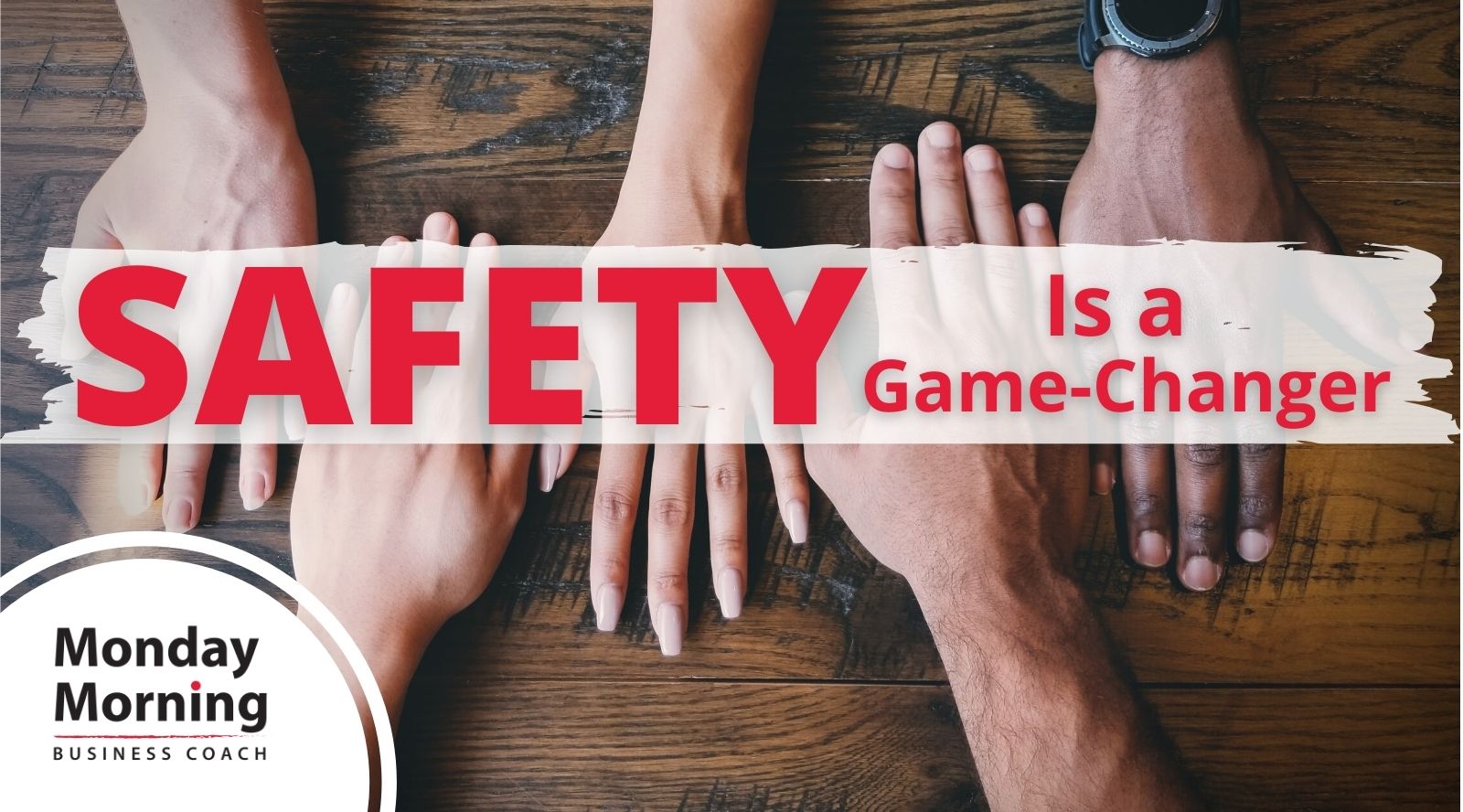We heard from a gifted leader and engineer in response to our recent post, This is Bullsh!t, which talked about the concern that creating a culture of psychological safety will lead to a lack of accountability in an organization.
Below is his email describing what he’s seen in his team’s ongoing efforts to create psychological safety.
In response to your recent series on creating psychological safety in the workplace, I want to share our team’s experience. We have found that creating a culture of psychological safety has been challenging and also extremely rich. We are more successful as a result.
To be clear, it has required a lot of participation and commitment from everyone involved and a willingness to experiment with being truly vulnerable. It takes staying conscious to remember that every single person experiences the world through their own lens. Psychological safety requires a willingness to build your comfort so that you feel safe in your own skin and a willingness to make the space around you safe for others. For some people, these things are terrifying.
We built our work on the 5 Behaviors of a Cohesive Team (5BCT) Assessment and model, which I know your team uses as well. One of the things my team learned with 5BCT, which has helped us become a high-functioning team, is that we will need to spend a lot of time coaching each other to keep our space psychologically safe.
For example, it took a long time for us to learn that collaboration isn’t just endless discussion and debate.
For the drivers among us, we can believe we already know the answer so discussion within the group can feel like a waste of time. It is awesome when after a long discussion, sometimes spanning several meetings, someone comes up with a brilliant idea out of seemingly nowhere. Of course, the idea was born from all those hours of debate and discussion!
We also spent a lot of time teaching our whole team that collaboration is not democracy or consensus. We don’t vote. At the end of the day, the boss gets to decide. A good boss listens to their people and considers everything that was said. And sometimes the decision isn’t what everyone hoped. That is where “providing the rationale” is so important; otherwise we would wind up communicating that nothing they say matters. We work on this A LOT.
As we have worked to create safety, we sometimes bring someone onto the team who knows nothing about the subject matter. I love engaging people who are not experts and listening to their questions and opinions. I think that is how we get some of our most creative solutions to complex problems.
For me, psychological safety is a constant coaching and discussion process. It requires work always and forever and it’s a game-changer in terms of morale, innovation, and success.
Think about the interactions you have with your team. Are you consistently working to create psychological safety?
Please share your experiences with us. We’d love to know what it looks like for you.
How can we support you?
If you’re interested in learning about how to use the 5 Behaviors of a Cohesive Team Model to create psychological safety in your organization let us know.


